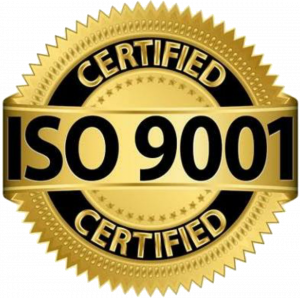
How to become a Web Developer Your Step by Step Roadmap
Web development might seem like complex coding magic, however, at its center, it is the process of making and keeping websites and web programs. Imagine all the websites you go to each day – information platforms, social media, online stores – they are all products of web improvement.
Web improvement incorporates a wide range of obligations, from designing the visual layout to crafting the underlying functionality that makes the entirety of paintings. It’s like building a residence – you want a blueprint (design) and sturdy foundations (programming) to create a practical and visually attractive area.
Whether it’s a simple static internet site showcasing records or a complex interactive utility, internet improvement brings your ideas to life on the net.
Front-End vs. Back-End vs. Full-Stack
The world of web development can be further divided into specializations. Let’s explore the three main categories:
- Front-End Development: Imagine the storefront of a physical store. Front-end developers focus on the visual factors of a website, crafting the user interface (UI) that users interact with at once. They use programming languages like HTML, CSS, and JavaScript to design layouts, upload interactive factors, and ensure a smooth consumer experience. In essence, they’re the architects of the visible enchantment and user experience of an internet site.
- Back-End Development: Now, move behind the scenes of the store. Back-end developers focus on the server-side capability, the engine that powers the internet site. They write code that interacts with databases, techniques user requests and ensures the whole lot runs easily behind the scenes. Think of them as the engineers building the website’s infrastructure and common sense. Languages like Python, Java, and PHP are commonplace tools in their arsenal.
- Full-Stack Development: Some developers are like the Swiss Army knife of the internet development global – full-stack developers. They possess the know-how of both the front-stop and lower back-cease development, letting them paintings on all elements of an internet site. This versatility makes them valuable assets, but it additionally requires a broader skillset and deeper know-how of net development.
Your Path to Web Development: A Step-by-Step Guide
The world of web development might seem complex, but with a well-defined roadmap, you can break down the journey into manageable steps. Here’s your guide to becoming a web developer:
- Grasp the Fundamentals: Start by using expertise in the middle standards of web development. Explore what it entails, the distinct specializations (front-end, back-stop, full-stack), and how websites function.
- Choose you’re Path: Once you have a basic understanding, delve deeper into your area of interest. Do the visual aspects of user interfaces excite you? Then front-end development might be your calling. Are you fascinated by the inner workings of websites? Back-end development could be your perfect fit. Full-stack offers a broader perspective but requires a deeper dive into both areas.
- Master the Building Blocks: Now it’s time to learn the programming languages that will power your web development journey. Start with the foundational languages of HTML, CSS, and JavaScript. HTML structures the content, CSS adds the visual style, and JavaScript brings interactivity.
- Expand Your Toolkit: As you gain proficiency in the fundamentals, discover extra languages and equipment. Depending on your chosen route (front-stop, back-end, or complete-stack), delve into specific frameworks and libraries that enhance your abilities. Online assets, tutorials, and boot camps may be your allies at this stage.
- Practice Makes Perfect: Learning through doing is paramount in internet improvement. Start with small non-public initiatives to solidify your knowledge. Gradually grow the complexity as you gain confidence. There are sever online systems offering practice physical games and undertaking ideas to hone your talents.
- Build Your Portfolio: Showcase your net improvement skills by developing a portfolio site. This acts as your calling card, demonstrating your abilities to potential employers or clients. Include numerous initiatives that highlight your skill ability in exclusive areas.
- Stay Updated: The net development panorama is constantly evolving. Embrace continuous mastering by following industry trends, exploring new technologies, and attending workshops or conferences. This guarantees you stay relevant and competitive within the field.
Conclusion
The journey to becoming a website developer is an exciting one, filled with non-stop studying and the potential to create something truly remarkable. This step-by-step manual equips you with a roadmap to navigate the achievement of the route. Remember, determination and perseverance are key components. Embrace demanding situations as opportunities to learn and grow.
The net development panorama is brimming with possibilities. As you refine your abilities and exhibit your abilities via your portfolio, you will be nicely on your way to forging a fulfilling career in this dynamic and ever-evolving subject. So, take the first step nowadays and embark on your web improvement journey!





